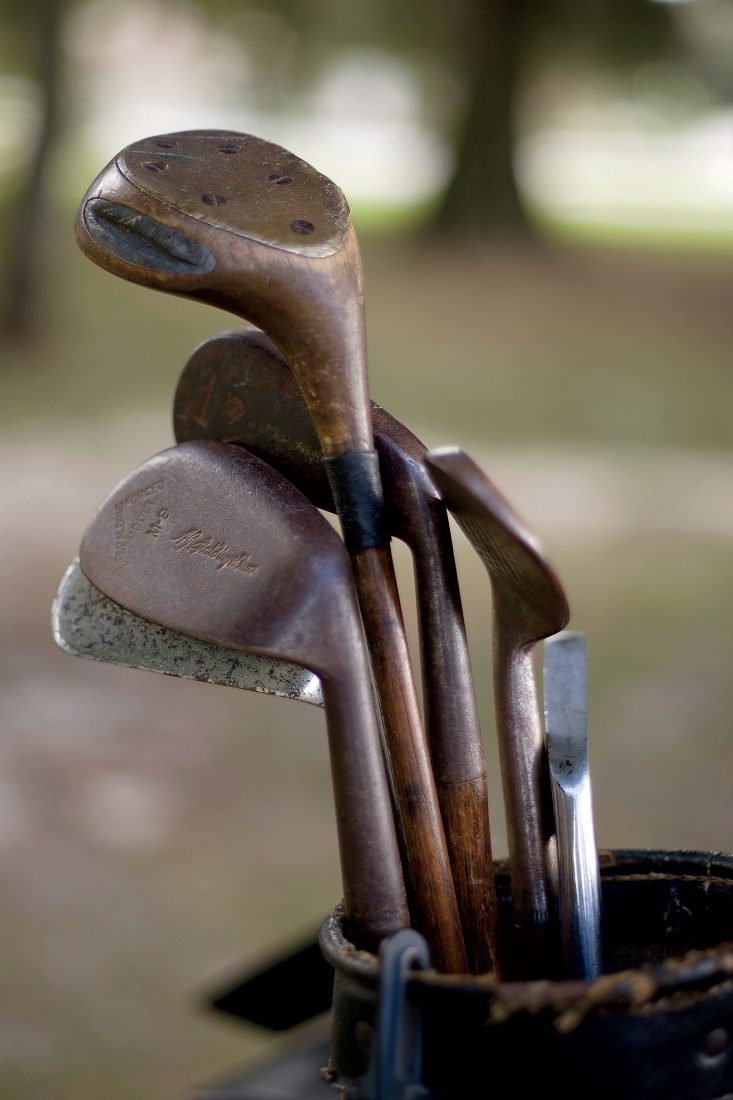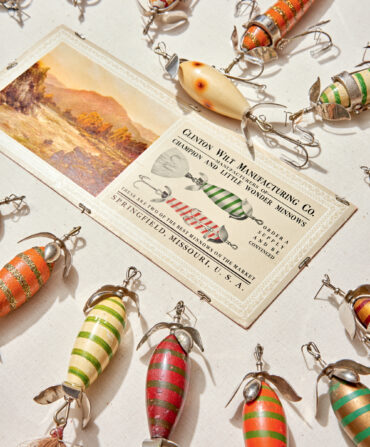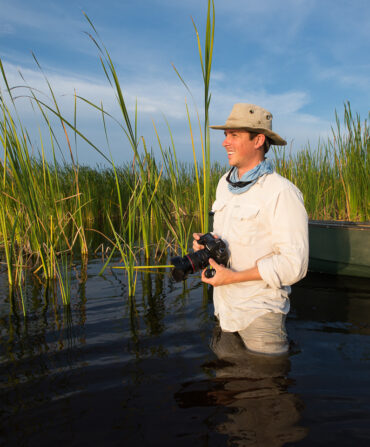Mike Stevens says that when he shows up at a golf course wearing knickers and carrying his bag full of wooden-shafted clubs, he gets some pretty funny looks from other players. “Some guys come up to me and look at my clubs and say, ‘Isn’t the game difficult enough?’” The answer, of course, is yes. But that’s also exactly the point.
Stevens, a sixty-three-year-old golf pro at MacDill Air Force Base in Tampa, Florida, is what’s known as a hickory golfer, that is, a person who uses clubs from the era before 1935 (roughly when steel shafts were introduced). A member of the Florida Hickory Golfers and a three-time winner of the National Hickory Championship, Stevens has played exclusively with woods for the last twelve years even though he teaches students who use only the latest tools: metal clubs with monster heads, particularly on the drivers. “The modern game is just about hitting the ball as far as you can,” he says. “It was getting a little dull to me.”

Photo: Molly Dempsey
Woodsmen
Hickory golfers at the Lake Jovita Golf and Country Club, near Tampa, Florida.
Stevens is part of a small but growing number of players who prefer a niblick to a sand wedge and a mashie to a 7-iron. To its estimated three thousand devotees around the country, hickory golf is an expression of respect for the history of the sport, as well as a repudiation of the NASA-inspired technology that has obviated many of the game’s nuances. Bill Engelson, who goes by the Scottish-derived moniker Willie, says his Southern Pines, North Carolina–based Carolina Hickory Golf Association now has about 350 members. In addition to taking part in the Mountain Valley Hickory Open, which kicks off the sport’s annual championship series at nearby Pinehurst in March, the group hosts the Hickory Haggis Cup, a match-play tournament at Southern Pines Country Club. Both courses were laid out by Scottish-born architect Donald Ross, who is beloved among the hickory crowd for his short, strategic pre–World War II designs.
Hickory golf has its roots in the club-collecting scene. Members of the Golf Collectors’ Society, founded in 1970, started playing rounds at yearly conferences with their vintage equipment (much to the chagrin of hard-core enthusiasts, who believed actually using the clubs was akin to serving tea on a Van Gogh). In the early 2000s, with the formation of a rule-making body called the Society of Hickory Golfers, these casual rounds, called “hickory hackers,” became full tournaments. At hickory events, contestants are encouraged to wear era-appropriate attire. Reproduction clubs are now legal and have spawned a small cottage industry, led by a former Society of Hickory Golfers president, Tad Moore, who crafts sets modeled on old brands such as MacGregor in his Selma, Alabama, shop.
Because of their pliability and heavier weight, hickories require a slower swing. And given a wooden club’s smaller sweet spot, it also requires a more accurate swing. “You know when you hit a good shot that you did it on your own,” Stevens says. A hickory-struck ball travels about 70 percent of the distance of a shot hit by today’s clubs, which is why players prefer older courses in the range of 5,800 to 6,100 yards.
To Moore, who has used hickories since the 1980s, the game is appealing not only because of disenchantment with modern golf, but also because of its sociability. “A lot of people have been introduced to the game by a friend,” he says, “someone who shares the same appreciation for history and the way golf used to be played.”








